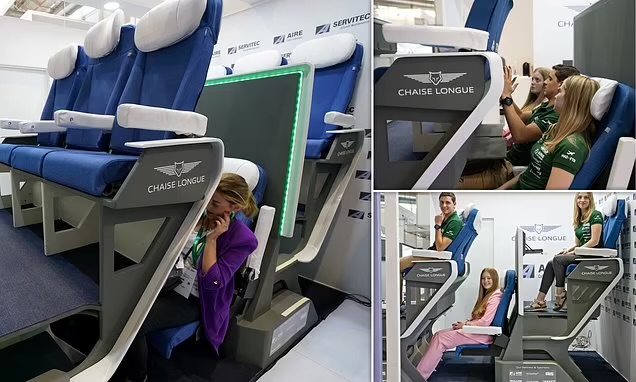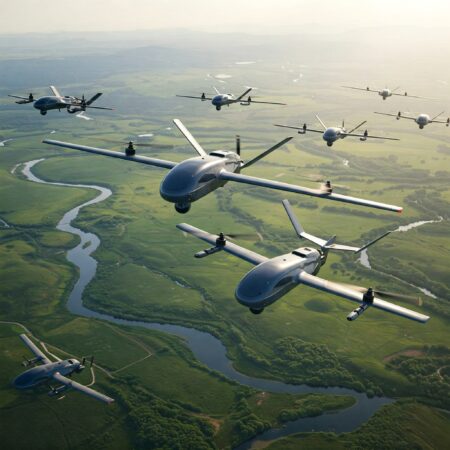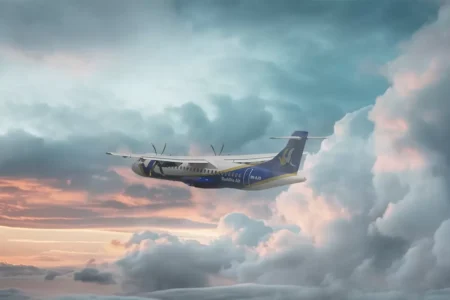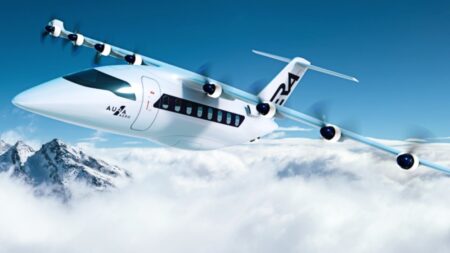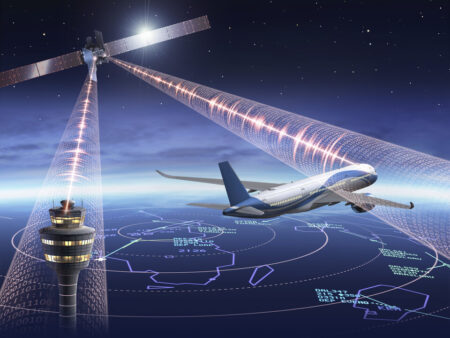Aviation has always been a field of continuous innovation, from the early days of biplanes to the supersonic Concorde and today’s fuel-efficient jets. Among the most impressive engineering feats in aviation history is the double-decker plane, an aircraft designed with two passenger decks to maximize capacity, enhance comfort, and improve overall efficiency. These giant planes have redefined long-haul travel, providing airlines with the ability to transport more passengers while offering a unique flying experience.
What is a Double-Decker Plane?
A double-decker plane is a large aircraft designed with two fully functional decks stacked on top of each other. Unlike standard planes that have a single cabin, these aircraft feature an upper and lower deck, allowing airlines to accommodate more passengers without excessively extending the aircraft’s length. Some aircraft have partial double decks, such as the Boeing 747, where the upper deck is smaller and mainly used for premium seating or cockpit crew areas. However, true double-decker planes, like the Airbus A380, have two full levels spanning the entire fuselage.
The Evolution of Double-Decker Planes
The concept of double-decker planes is not entirely new. Various experimental and military aircraft in the mid-20th century featured two decks for troop transport or cargo purposes. However, it wasn’t until the commercial aviation boom of the late 20th and early 21st centuries that fully double-decked passenger planes became a reality.
The Boeing 747 – The First Partial Double-Decker
One of the first commercial aircraft to feature an upper deck was the Boeing 747, introduced in the 1970s. It had a distinctive hump, housing the cockpit and a small upper deck often used for first-class seating or lounges. While not a true double-decker, the 747’s design set the stage for future advancements in large aircraft.
The Airbus A380 – The Ultimate Double-Decker
The Airbus A380, launched in 2005, became the first fully double-decker passenger plane in history. With two full decks spanning the entire fuselage, it offered an unparalleled flying experience with spacious cabins, larger seats, and premium amenities like onboard bars, lounges, and even showers in first class. Capable of carrying over 850 passengers in an all-economy configuration, the A380 was the largest passenger aircraft ever built.
Advantages of Double-Decker Planes
1. Increased Passenger Capacity
Double-decker planes can carry more passengers than traditional aircraft, making them ideal for high-demand routes. This allows airlines to maximize profits while reducing the number of flights needed.
2. Enhanced Passenger Comfort
With a wider fuselage and additional space, these planes offer more room for luxury cabins, larger seats, and improved inflight entertainment. Many A380s feature first-class suites, onboard bars, and even showers for premium passengers.
3. Fuel Efficiency Per Seat
While large aircraft consume significant amounts of fuel, the fuel consumption per passenger is often lower than smaller planes because they transport more people in a single trip.
4. Reduced Airport Congestion
By transporting more passengers per flight, double-decker planes help reduce congestion at major airports, decreasing the need for additional flights on busy routes.
Challenges of Double-Decker Planes
Despite their advantages, double-decker planes come with challenges that have limited their adoption:
1. High Operational Costs
Large aircraft require significant fuel consumption, maintenance, and airport infrastructure upgrades, making them expensive to operate.
2. Limited Airport Compatibility
Not all airports can accommodate double-decker planes due to their size. Many airports had to modify runways, taxiways, and gates to handle the Airbus A380.
3. Declining Demand for Super Jumbos
With airlines shifting toward more fuel-efficient twin-engine jets like the Boeing 787 Dreamliner and Airbus A350, demand for massive aircraft like the A380 has declined. Many airlines prefer smaller, long-range jets that offer greater flexibility and lower operating costs.
The Future of Double-Decker Planes
The era of large, fuel-hungry double-decker planes may be coming to an end. Airbus announced the end of A380 production in 2021, marking a shift toward more efficient, smaller aircraft. However, the concept of a double-decker plane is not entirely dead. Engineers and designers continue exploring next-generation aircraft, including hybrid-electric and supersonic planes, some of which could revive the double-decker design in a more sustainable way.
Double-decker planes like the Airbus A380 have redefined luxury and efficiency in long-haul travel, offering unmatched space and passenger experience. While their high operating costs and limited flexibility have led to a decline in their popularity, they remain icons of modern aviation. Whether future aircraft will feature similar designs remains uncertain, but their legacy will continue to influence the next generation of air travel.







